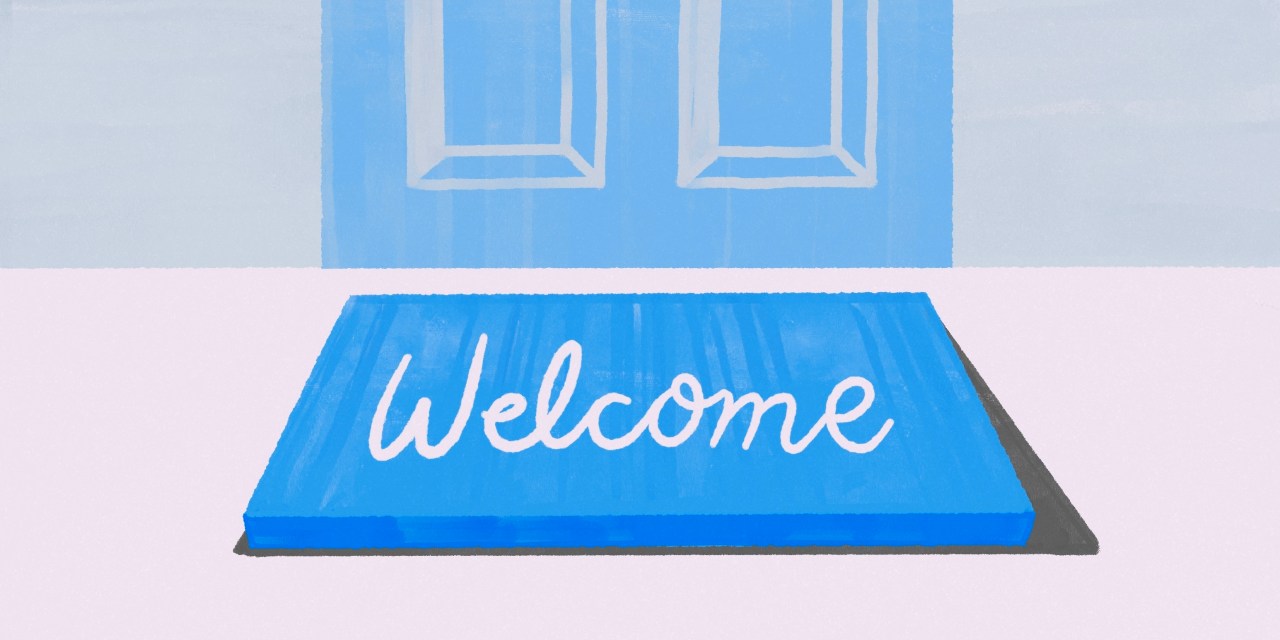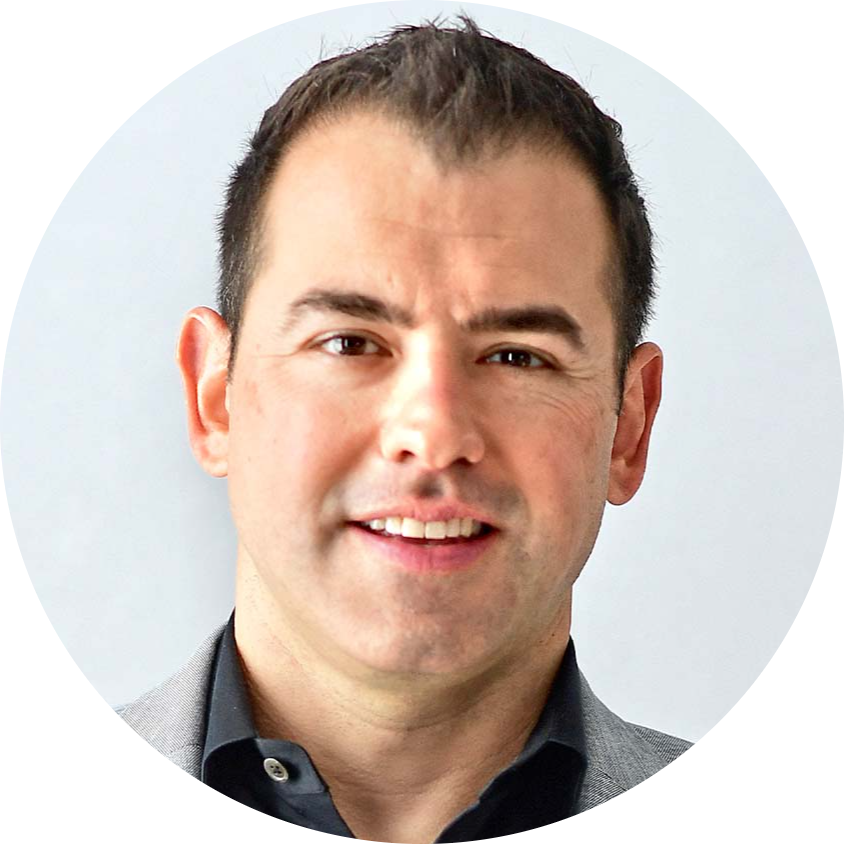Are private C-suite offices returning to the workplace?

The CEO’s corner office may be back in fashion.
In the years leading up to the coronavirus pandemic, the traditional corner office had all but disappeared from typical office design layouts, as more bosses opted to work among their employees. The concept was that scrapping the traditional corner office would break down some of the cultural barriers of top-down hierarchal structures and make CEOs and other senior executives appear more approachable. But now it appears the pendulum is swinging back in favor of private offices for the C-suite.
Case in point: architecture and interior design firm Spectorgroup is currently working with an insurance firm that is setting aside around 4,000 square feet out of the 50,000-square-foot building, for its executive suite. This area will have an office, a private dining area, and special storage. And beyond having a glass entrance, the entire area is being designed as a private space for C-suite executives, both visually and acoustically, according to Scott Spector, principal of Spectorgroup.
“It’s a bit of a full circle for the C-suite,” said Spector. “It’s old school, like back in the day. It’s the full complement of anything they need, they won’t leave the suite until beginning or ending of day.”
While it might be too early to call it a trend, some companies are intentionally pulling away from the open-floor plan that became so popular in the last decade. That doesn’t mean we’re going back to cubicles, either, but companies which are mandating a return to the office also aren’t reverting to the trend of open-floor layouts featuring row upon row of desks.
Spector said that the insurance firm, which he couldn’t name due to client confidentiality, decided on that design layout after going over its workplace strategy with Spectorgroup. Aside from the private C-suite area, the firm has another floor that has a blend of offices, open spaces and conference rooms.
“It works for this group,” said Spector. “Operationally, every firm is different depending on the size and complexity of it. For them, they need privacy in this area for them to operate best as leaders.”
Christian Giordano, co-owner and president of NYC-based architecture firm Mancini Duffy, who has over 25 years in the architecture and design business, says that private offices for C-suite executives may be back in favor as a direct result of the blurred work-life boundaries some have struggled with during the rise of remote working. So companies that are looking for new ways to attract people back to the office, are trying to create that separation of work and play, while creating quiet spaces that some people may require after so long working remotely.
“The office environment that was championed and pushed and changed to be so open with people everywhere, has now been determined to be distracting,” said Giordano. “People are asking why do I need to work in this kind of office environment?” And that goes for executive leaders as well as the middle ranks.
For example, a large advertising agency that Mancini Duffy is working with, said it wanted to return to private offices, choosing floor plans and matching private office sizes according to job titles. For example, an associate might have a 10-square-foot by 15-square-foot office, but a senior associate would have a 20-square-foot by 15-square-foot office.
“You have to have that invited casual collision, more so than it’s just everyone’s out there and you can just talk to anyone,” said Giordano.
He said the private suites also allow folks to pivot easily between in-person meetings, private conversations, and hybrid calls more efficiently without having to even get out of their seat. Whereas, in an activity-based layout, people would need to jump from different areas of the office depending on whether they’re doing quiet work or collaborative work.
“They’re really starting to rethink the way the office lays out,” said Giordano. “It can’t just be a sea of desks. It can’t be Google. It can’t be this tech kind of thing where everybody’s out in the open and it’s just playtime. I think people are beyond that at this point.”
Giordano is finding that business leaders are being more honest about the layout that works for their specific company and staff.
“They don’t necessarily want to follow trends,” said Giordano. “Before the pandemic, everyone would follow the trend. If you were a law firm, you did what the last law firm did. If you were a finance firm, you did what the last finance firm did. Now, clients, owners, and C-suite can say, ‘you know what, this is how we work, this is what works for our culture, this is how we want to be.’ As designers, it’s great because we can think with them rather than just follow what the last guy did.”


